Editor’s Note: Owen Hopkins is senior curator at Sir John Soane’s Museum, and author of “Architecture and Freedom: searching for Agency in a Changing World.”
Postmodernism is back. We see it in the slew of books and articles about the movement, in the campaigns to save some of its greatest landmarks such as Philip Johnson’s AT&T building in New York, in the listings in the UK of notable buildings such as James Stirling’s No. 1 Poultry, and John Outram’s Isle of Dogs pumping station.
We are even seeing a number of contemporary architects and designers taking inspiration from its garish colors and outlandish decorative schemes, such MVRDV in the Netherlands, ARM in Australia and even Caruso St John in the UK. What was once maligned for its association with British prime minister Margaret Thatcher and American president Ronald Reagan, vilified for its crass commercialism, and written off as the cultural embodiment of everything that was wrong with 1980s, is now, remarkably, undergoing a critical reassessment.
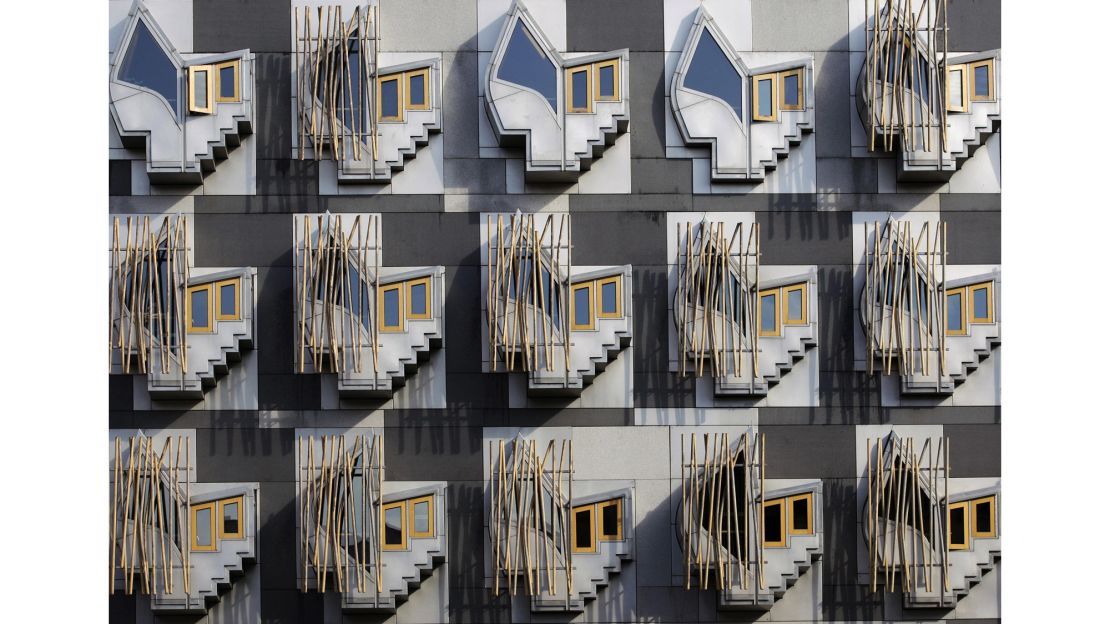
This all comes hot on the heels of the revival of interest in Brutalism – another previously much maligned style, which took hold between the 1950s and 70s. Yet in many ways postmodernism was Brutalism’s antithesis. Brutalism can be seen as modern architecture at its most radical: the idea that architecture might quite literally build a better world rendered into a stark aesthetic of bold abstract forms and raw concrete.
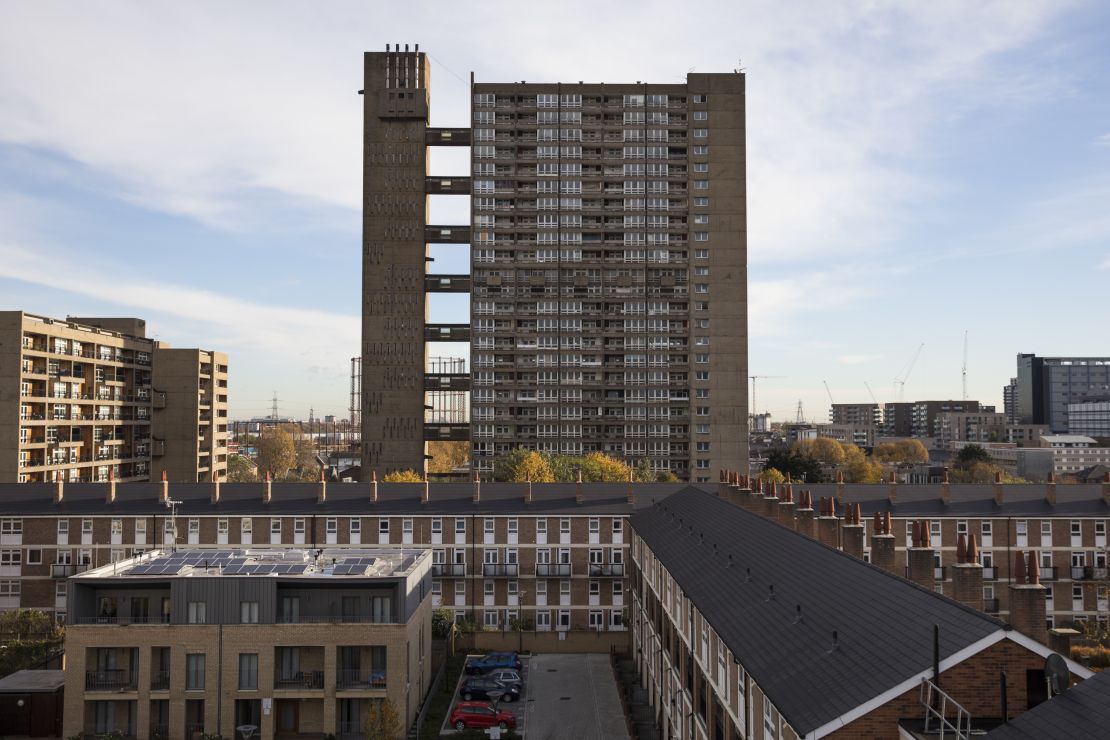
By the 1970s, however, modern architecture was under attack, with some commentators arguing that rather than bringing about a better future, the modernist design of many housing estates, for example, had actually exacerbated the problems it aimed to solve.
Against this backdrop, the standard view of postmodernism sees it arriving as a ray of light, as a burst of color, energy and fun. While modernism had sought to draw a line under the past, postmodernism used it as a quarry of sources, references and quotations, deploying them with wit, irony and irreverence. After decades of being mute, architecture was allowed to speak again through color, ornament, decoration.
Reveling in the moment
Postmodernism did not seek to remake the world anew, but aimed to fit in with what already existed, reveling in the moment rather than bringing about an idealized future, before eventually succumbing to bad taste, kitsch and, ultimately, rejection.
While the neatness of this summary is alluring, on the ground the reality was rather more complex. Take Terry Farrell’s TV-am building in Camden: the new studio for the the UK’s first breakfast TV franchise is seen as one of the era-defining postmodern projects, reflecting the spirit of the 1980s.
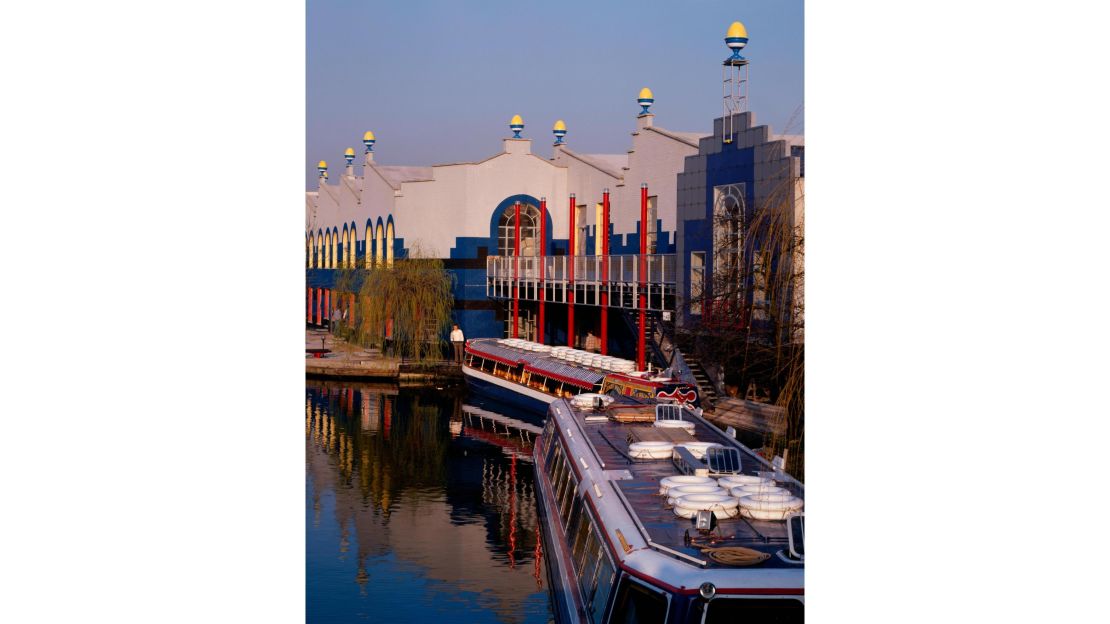
One of the criticisms often leveled at postmodernism, and this project in particular, was that it was like a stage set. But this is a curious thing to accuse the TV-am building of, because that was exactly what it was going for. Farrell realized that the building would be fundamental to the identity of this new corporate entity – the building would be its brand. This went as far the egg-cup finials that adorned the building’s exterior, which quickly became the studio’s calling card on trailers and idents.
Urban phenomenon
In Britain, at least, postmodernism was an urban phenomenon, and in part a response to the damage done in the name of modernism to many British cities.
Just look at the inner ring-road that encircles Birmingham’s center, or the M8 that runs through the heart of Glasgow. In the mid-1970s, a similar scheme was remarkably proposed for London’s Covent Garden, provoking such huge community resistance that eventually got it thrown out.
This set the scene for Jeremy Dixon’s competition-winning proposal for the redevelopment of the Royal Opera House, which aimed for urban repair rather than architectural revolution. Critically, Dixon saw the Opera House not as a single building but as part of the city, which should have multiple faces: neoclassical to the historic market where it recreated a lost colonnade, and modern to the more recent architecture of the surrounding streets.
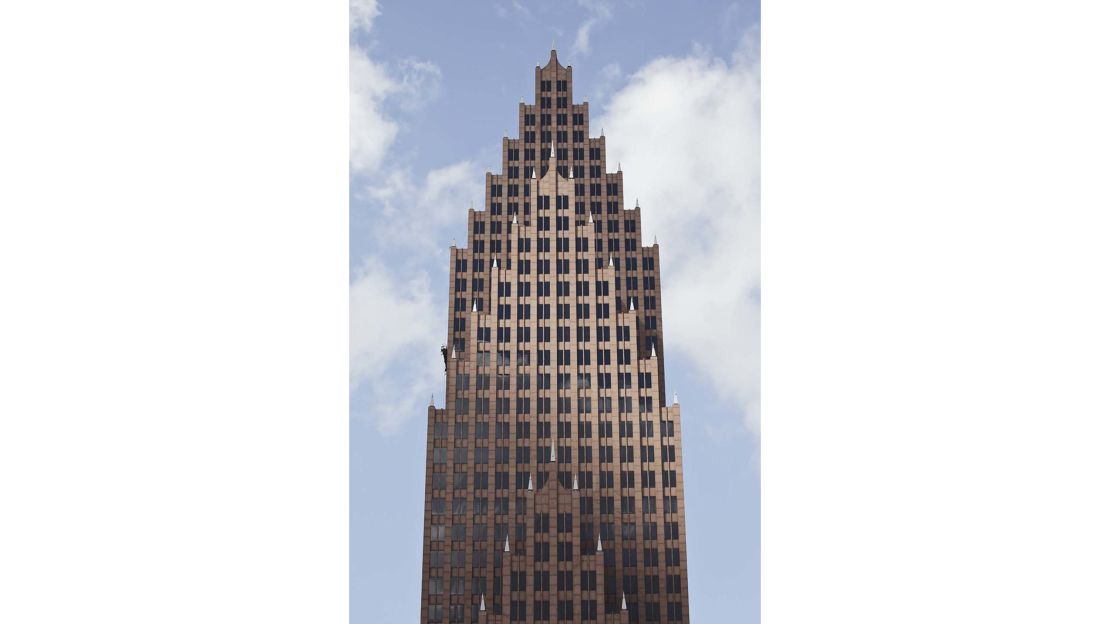
Further east, in what became known as Docklands, a very different kind of postmodern urbanism could be found in the work of CZWG. By drawing on the area’s industrial heritage and combining it with contemporary references to fashion, a new architectural identity for the area was born.
A classic example is the Cascades in Canary Wharf, which arrived before the office buildings. Its innovation was to incorporate references to Victorian warehouses in the base of a 20-story building, which by its summit had morphed into the kind of tower that, up until that point, could only be found in New York or Hong Kong
This architectural approach proved critical to fashioning a new urban identity for an area still ravaged by deindustrialization – an idea taken to the extreme in John Outram’s pumping station which appears as a kind of Pomo/Art-Deco/Egyptian temple.
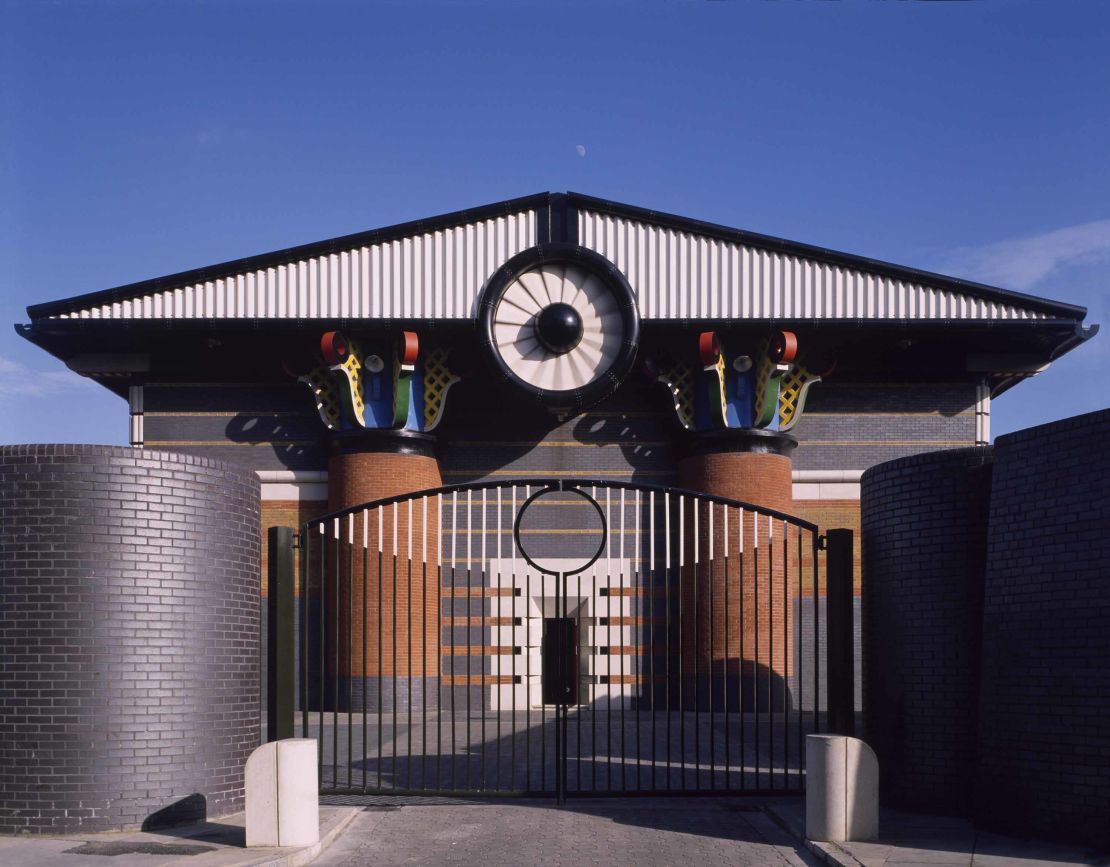
Everything was up for grabs
As these and other projects show, the postmodernism of the late 1970s and early 80s – which the Sir John Soane’s exhibition celebrates – was not simply a corrective or counterpoint to modernism, but a moment when old certainties were overturned and everything became up for grabs.
In the words of its foremost theorist Charles Jencks, it aimed for “modernism’s transcendence,” internalizing its lessons and insights but rejecting its dogma and freed from its earnestness.
That we can love styles as diametrically opposed as Brutalism and postmodernism is itself a very postmodern thing, and perhaps evidence of its ultimate triumph.
“The Return of the Past: Postmodernism in British Architecture” is at Sir John Soane’s Museum, London from 16 May to 26 August 2018.









